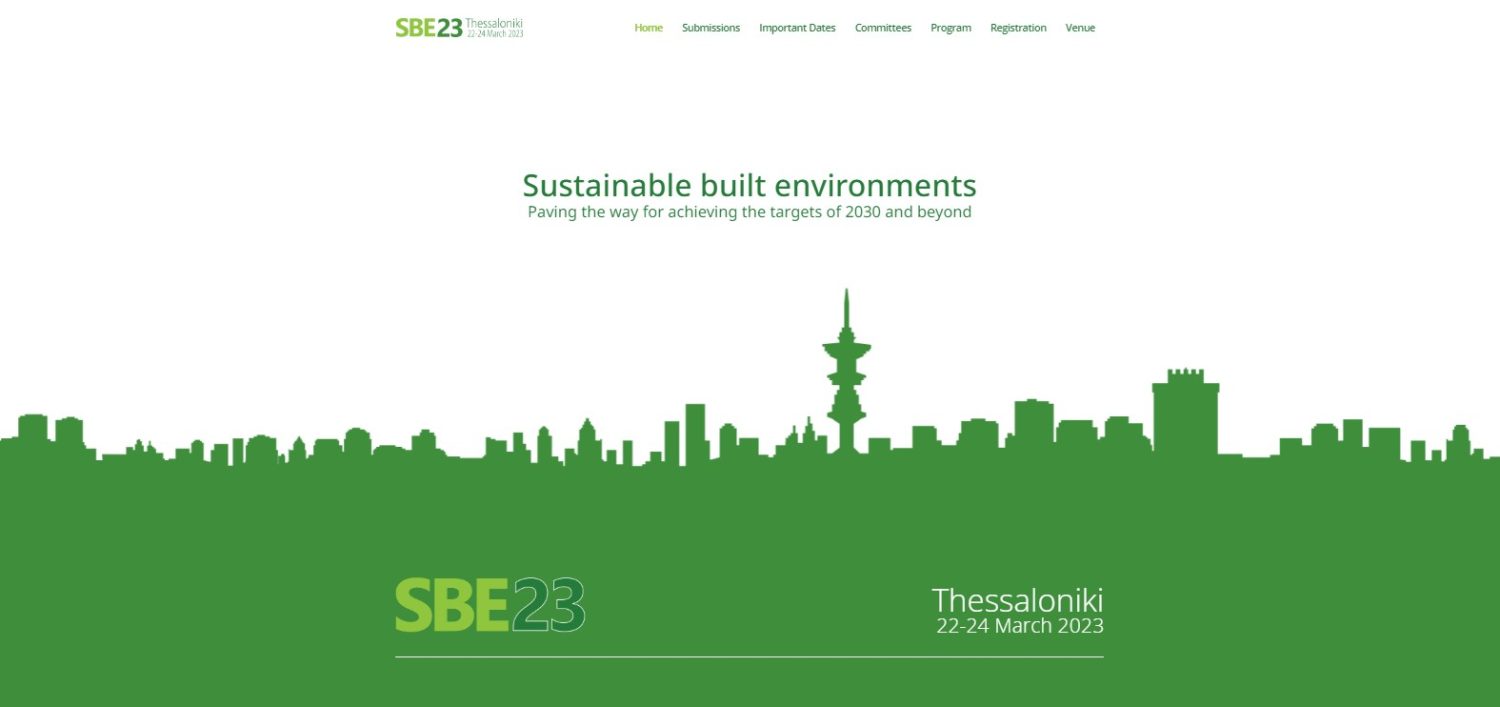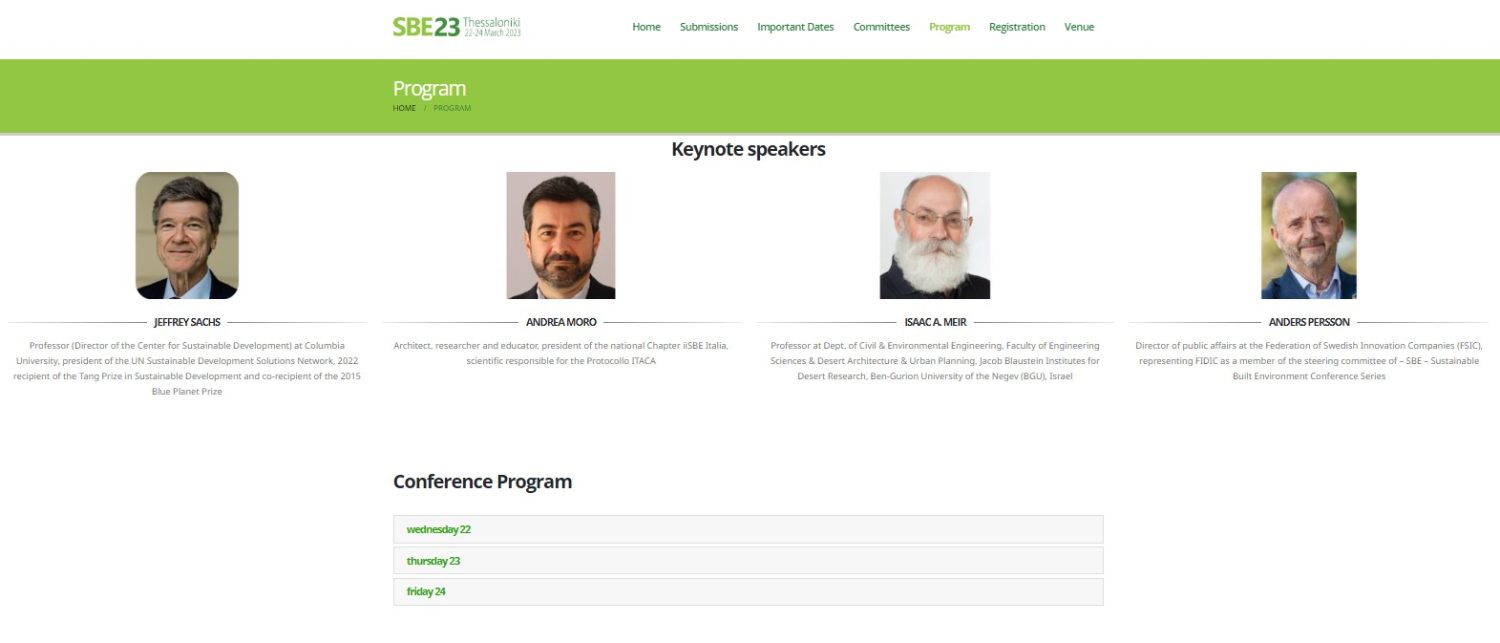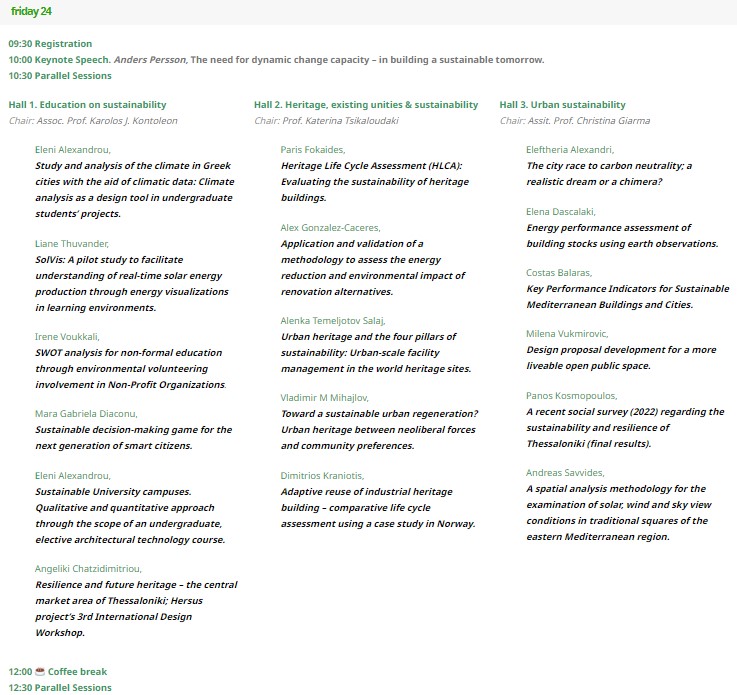Resilience and future heritage – the central market area of Thessaloniki;
Hersus project’s 3rd International Design Workshop



Presentation of the processes and results of the HERSUS project’s 3rd international student workshop C4 at SBE23 international conference in Thessaloniki on 24.03.2023. https://lbcp.civil.auth.gr/sbe-thessaloniki-2023/
Abstract: Culture has recently been acknowledged as the fourth pillar of sustainability, next to Environment, Economy and Society. Built heritage preservation is considered crucial for sustainable urban development and resilience. The Erasmus+ supported Hersus project brings together five academic institutions across Europe to explore the potential for enhancing cultural heritage awareness and sustainable development of the built environment. The 3rd international student workshop, which took place in Thessaloniki in October 2022, within the project’s framework, explored the resilient and sustainable preservation of built heritage in Thessaloniki’s historic centre, focusing on the traditional central market area which constitutes an exemplary continuation of use in the diachrony of the city. Hebrard’s plan, envisioned the future built heritage that the workshop dealt with; shaped by the pressures of private and public economic agendas, the original plan has evolved, after gradual transformations of the area, in the shape of two superblocks – off the main Aristotelous Axis, delineated on their periphery by large building blocks while maintaining an internal reference to a human scale, whereby the perceived foreground is dominated by listed single or two-storey volumes and narrow pedestrianized passageways. The reality of occupancy in the greater area, shaped by economic, political and societal stress during the last 20 years, is gradually evolving into a mixed use paradigm whereby restaurants coexist with creative spaces, butchers, grocers, retail and craftsmen who co-create the variable, rich and colourful sensescape of the area. Most building stock is in need of restoration but has nonetheless been in constant use. The workshop views the area as a useful resource in achieving social, economic, cultural and environmental sustainability and resilience for the city. The case study employs sustainability and resilience indicators to evaluate recent major interventions in the area, and emerging bottom-up approaches, cultural events and actions aiming to regenerate the area.